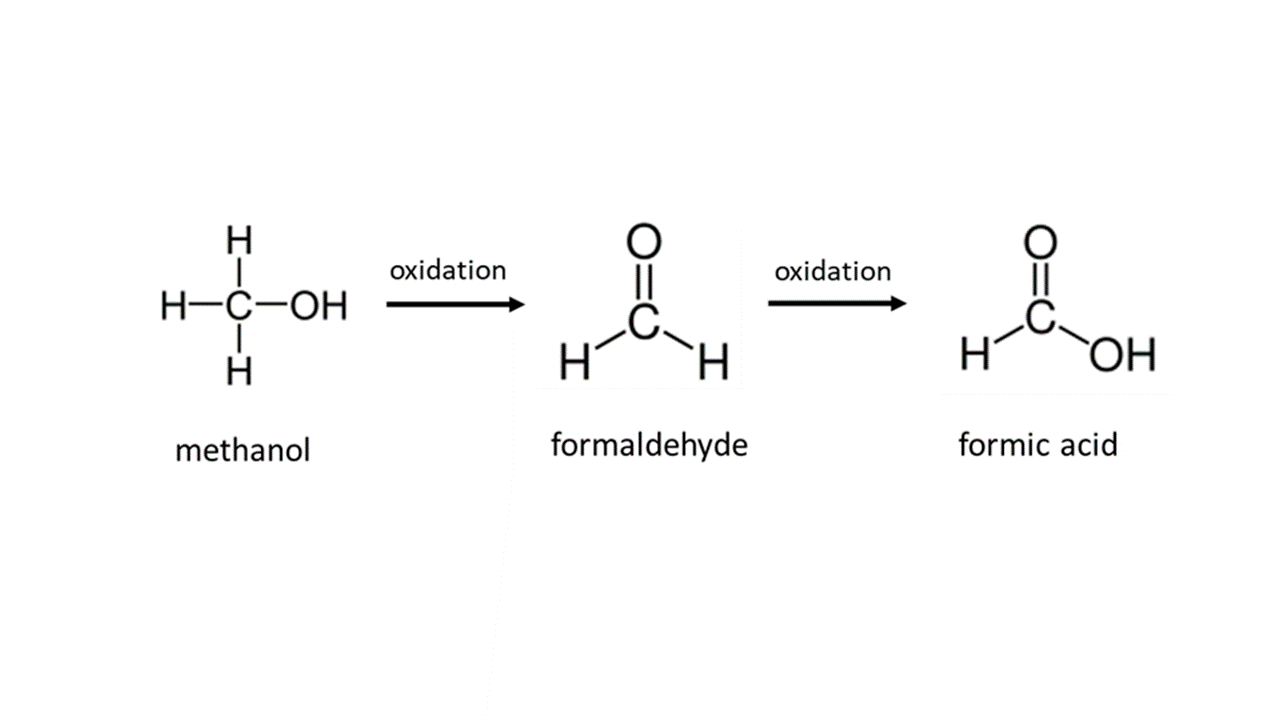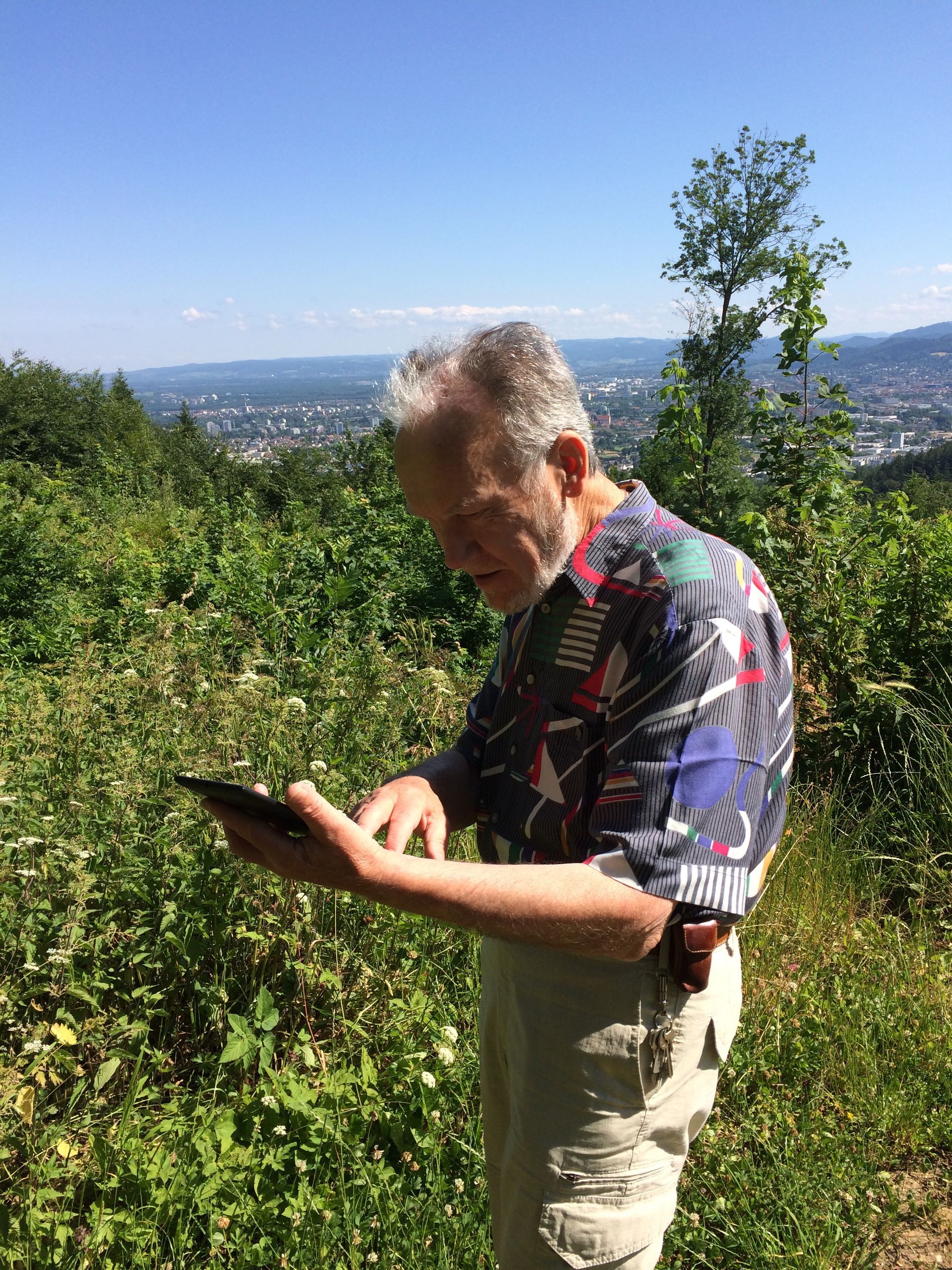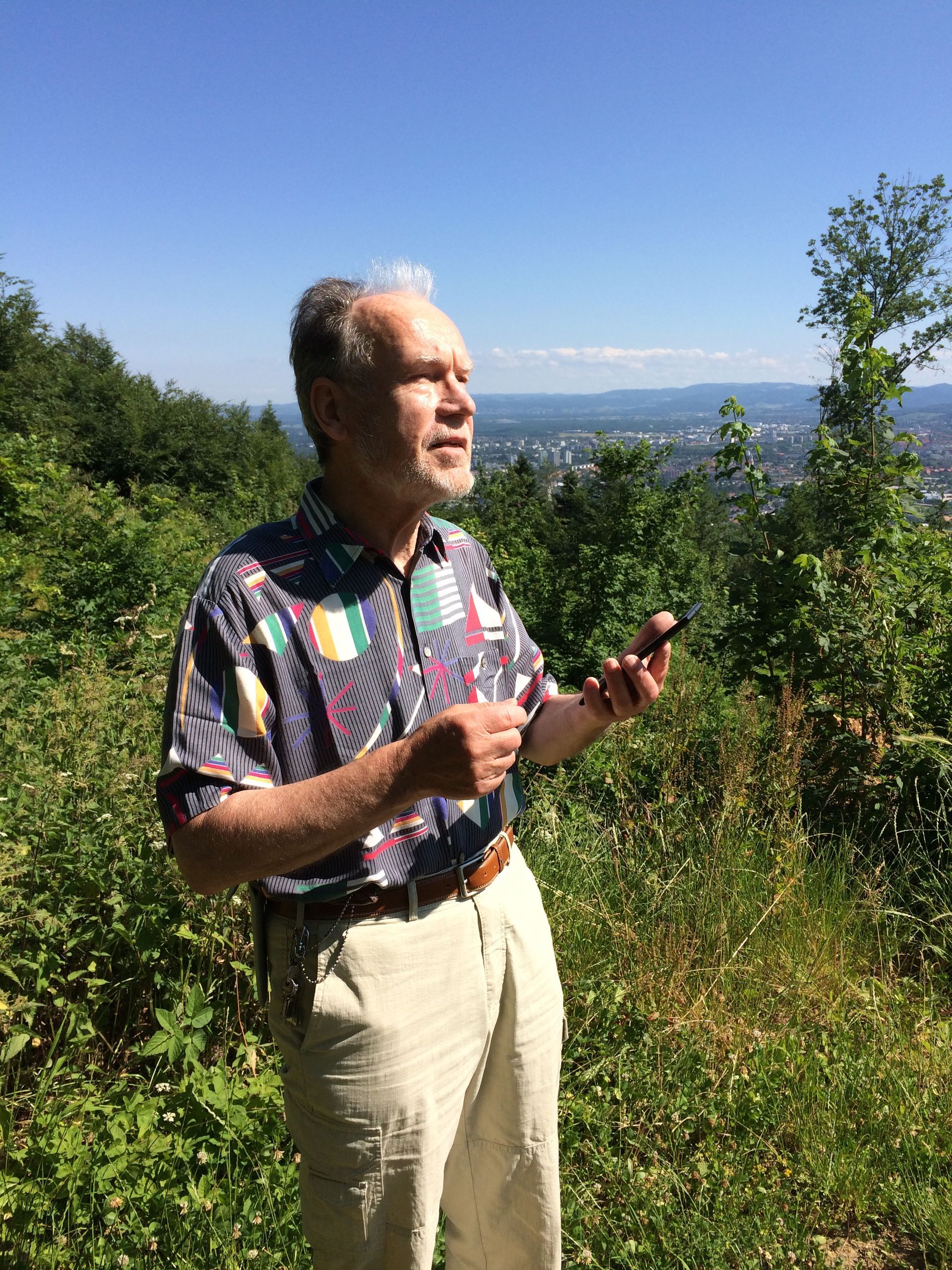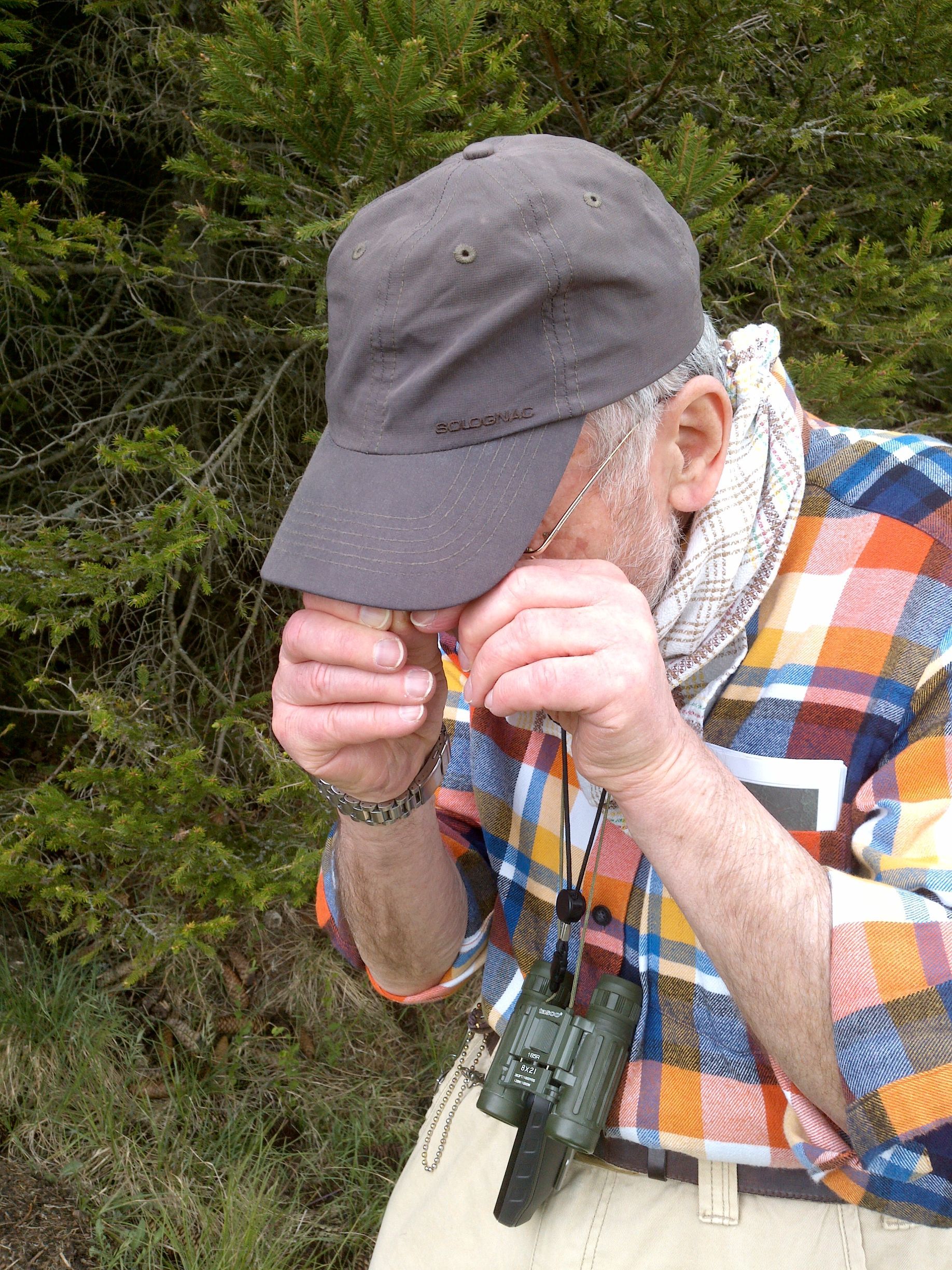New:
Structural Geological Interpretation of Settlement Patterns of Red Wood Ants (Formica rufa group) in Southwest Germany between the Black Forest and the Swabian Alb
Doi: 10.20944/preprints202312.1696.v1
Website: https://www.preprints.org/manuscript/202312.1696/v1
Mound-building forest ants of the genus Formica as bioindicators of gas-permeable fault zones
For the past 20 years, we at the University of Duisburg-Essen have been studying the phenomenon of the locations of mound-building forest ants on gas-permeable tectonic fault zones of the Earth's crust. This research has led to further projects focusing on the properties of these faults in relation to the origin of life, energy resources, and earthquakes. The locations of Formica colonies are often associated with unusually high CO2 concentrations around the nests. In some areas, methane is the predominant gas in the environment. Elevated helium concentrations are found when nests are located directly above gas-permeable faults. CO2-rich seepage waters and spring discharges around the faults are characterized by colloidal iron hydroxide precipitates and floating iron.
We have developed various hypotheses to explain the unusual location choices of these ants. These include the discussion of higher winter temperatures due to gases from deep underground, humidity, biofilms, reduced infections due to CO2, and several other factors. Ongoing research has led to new considerations that will soon be tested for their relevance.
When considering the greatest existential threats to the Formica ant colonies, the following factors are most concerning:
- Fungi from the surrounding forest floor, which could invade the nests within a short time without countermeasures.
- Viral and bacterial infections, which, due to the high density of individuals in close quarters, could quickly lead to epidemics without intervention.
- High temperatures caused by the bacterial decomposition of moist organic material (comparable to spontaneous combustion of hay).
Findings of low hydrogen concentrations in the gas-permeable CO2-bearing faults suggest that, under higher pressures and temperatures, methanol could be formed from CO2 and hydrogen at greater depths. Reaction-supporting catalysts are present in the mineralized fractures at depth (banded ores). CO2 acts as a carrier gas, transporting methanol to higher regions, where it may oxidize to formaldehyde upon contact with oxygen. Whether archaea and bacteria, which use methanol as an energy source, can release formaldehyde under certain conditions is a subject of planned investigations.
Formaldehyde has strong antiseptic properties. It inactivates most bacteria, viruses, fungi, and their spores, thus acting as a disinfectant and, at appropriate concentrations, a very effective fungicide. Through oxidation, formaldehyde is converted into formic acid. Notably, Formica is the only genus that predominantly produces formic acid for defensive purposes.
Formaldehyde is used in a gas mixture with CO2 primarily for disinfection and sterilization in enclosed environments, especially for air disinfection and the sterilization of rooms or equipment. The precise concentration of formaldehyde in such a gas mixture depends on various factors, such as the desired disinfecting effect, the duration of exposure, and the specific application.

CO2 can not only act as a carrier gas but, at sufficient concentrations, may influence the oxidation processes within the nest. This could suppress higher temperatures caused by bacterial decomposition of moist organic material.

On the 14th of April 2023, our dear colleague, Professor Dr. Dietrich Klimetzek, from the Institute of Forestry Sciences, Biometrics, and Environmental System Analysis at the University of Freiburg, passed away at the age of 79. His sudden departure has left a significant gap in our research on the habitat conditions of mound -building forest ants in gas-permeable tectonic fault zones. He was one of those ant researchers who were curious enough to look beyond conventional boundaries and venture far from well-trodden paths.
In his later years, he became acquainted with geological observations that established a clear correlation between fault zones in the Earth's crust emitting CO2 and the habitat of ants of the of Formica rufa group. Despite his initial convictions, he had to repeatedly acknowledge the existence of this connection; the field evidence with accurate predictions was simply too compelling. However, until the very end, we engaged in discussions about the causes, about which he remained uncertain. Unfortunately, he did not manage to prepare crucial data for a collaborative publication. Nevertheless, much of his knowledge has significantly influenced our work in recent years east of the Black Forest (Maresch & Schreiber, 2023).
Dietrich Klimetzek was an entomologist with a profound curiosity for research and a distinctive sense of humor unique to his "species." We will miss him dearly.


Structural geological interpretation of settlement patterns of red wood ants (Formica rufa group) in Southwest Germany between the Black Forest and the Swabian Alb
Maresch, L., Schreiber, U.
Abstract
Based on the theory that certain geological fault zones surpass the influence of other abiotic and biotic site factors for mound-building red wood ants (Formica rufa group), an area northwest of Tuttlingen with extremely high ant density was systematically surveyed, taking into account official geological maps. Indicators of active fault zones were recorded. These were additionally examined in a model area using a high-resolution digital terrain model (DTM 1-meter). The study area is located in the Swabian Jura at the western edge of the Albstadt shear zone, where recent seismic activity is documented by frequent earthquakes. The earthquakes are considered to be the cause of gas permeability in the strike-slip faults, around which the clustered nesting sites were mapped. More than 2900 nests of the Formica rufa group were mapped and their site conditions analysed in different geomorphological positions. In addition to recording forestry site conditions, a geological classification was carried out, as well as an analysis of soil gases/mofettes in areas with the highest nest densities. The correlation between forestry data and nest sites did not reveal a consistent pattern. In contrast, the relationships with gas-permeable strike-slip faults, though predominantly covered with Quaternary sediments, could be identified through CO2- and CH4-rich gas emissions, mofettes, and doline features. The interpretations were complicated due to different mapping ages and signatures of the geological maps. Fortunately, this issue could be analysed and evaluated in a sub-area with mappings from 1936/71 and 1995 regarding presumed or confirmed fault trajectories. New insights were gained regarding the relationships between Formica nest sites, gas-permeable faults, and groundwater levels on narrow mountain ridges with steep relief. Here, the lateral emission of CO2 depends on the groundwater level and does not occur vertically directly above the fault. C- and H-isotope data of CO2 and CH4 do not show a consistent source. While methane is mainly derived from biological production by Archaea in the upper crust and in swamp areas, CO2 mostly originates from the mantle. The results of the investigations revealed that a multitude of geological and ecological factors must be considered for the interpretation of the occurrences of Formica sites northwest of Tuttlingen. These factors confer a distinct originality to this region, contributing not only to an enhanced understanding of site conditions but also furnishing information regarding environmentally relevant gas emissions.
Example from the publication:

Fig. 11a, b: Section CE2 (Fig. 1, 3) from the map sheet GK 7918 Spaichingen (State Geological Survey, Mineral Resources, and Mining Baden-Württemberg) southeast of Dürbheim, showing different observations of mapped faults (black, partially dashed lines) from a) 1936/1971 (GM 7918 Spaichingen, 1971) and b) 1995 (GM 7918 Spaichingen, 1995), along with the locations of RWA nests in 2022 (red squares) in the immediate vicinity of the faults (dashed fault lines: inferred). Smaller parallel displacements, cross faults, and Riedel shears, which always occur in association with strike-slip faults (here overprinted by normal faults), are not captured in the available resolution.



